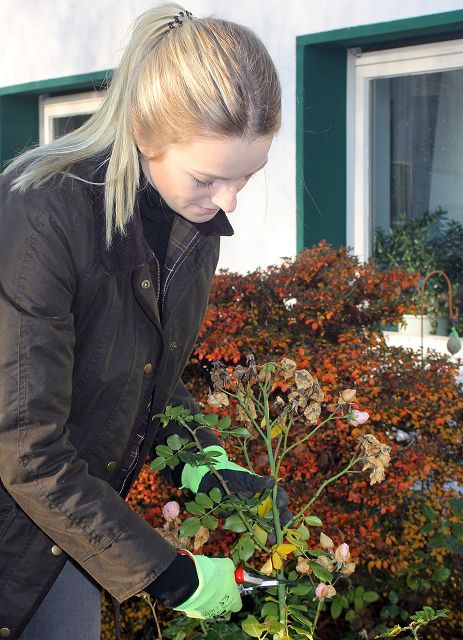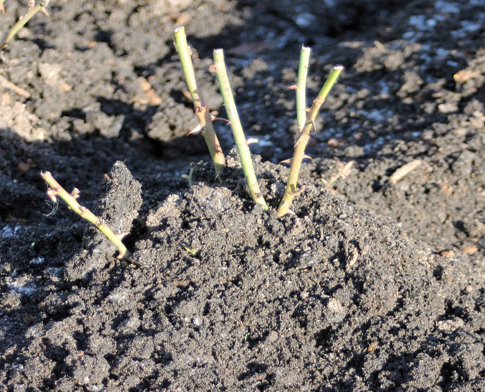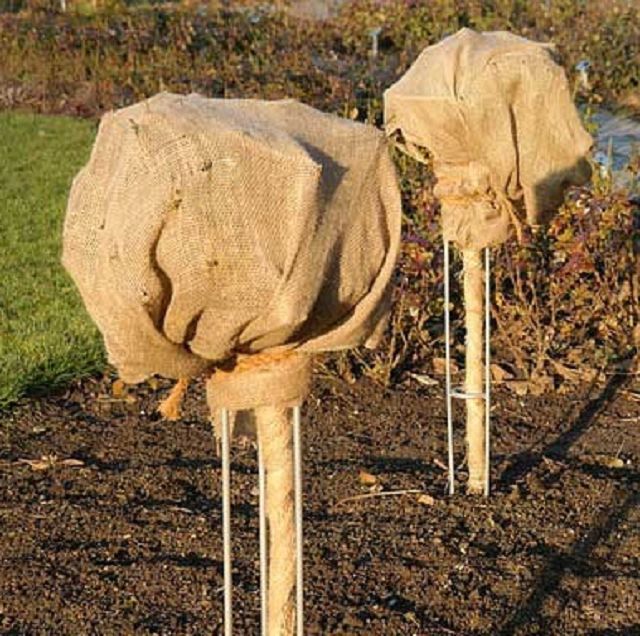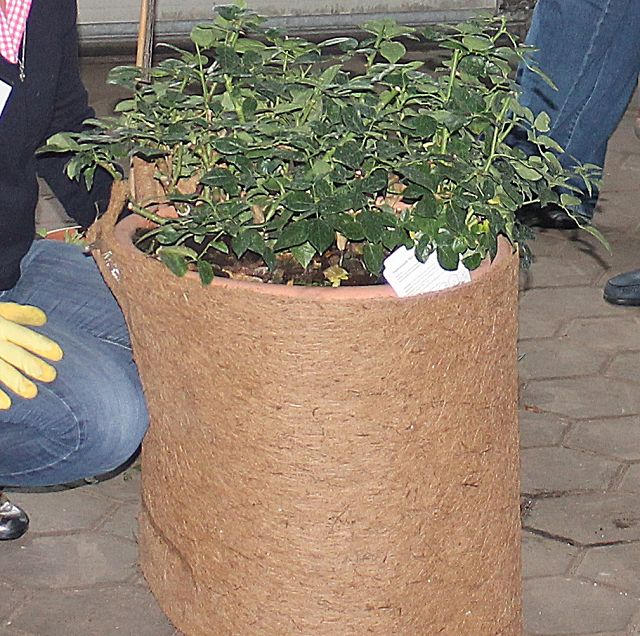Also in the following spring and summer you want to enjoy a beautiful bloom again? The right winter protection for roses is important so that your plants make it through the cold season well. Depending on the variety, there are different appropriate measures - and many fundamental tips for hobby gardeners. Read our winter protection guide for an overview of everything you need to know!
In general: 
Some winter protection measures are helpful to ensure that your rose favorites survive the winter well and bloom abundantly next summer. The right planting depth and fertilization adjusted to the season are good preparation for the cold time of year. In addition, roses should not be pruned after mid-September to avoid new shoots before winter.
Before the first heavy frosts come at the end of November, you should at least protect your more sensitive roses well from the cold. You will find information on winter hardiness in the individual rose portraits. Cut off with sharp scissors any flowers that have blossomed and are mummified. Make a very light corrective pruning (for a neat look) and leave the long shoots over winter. Remove diseased and yellow foliage and dispose of it in the household trash.
Note: the correct pruning of roses is made in the spring at the time when the forsythia are in bloom.
Roses in garden beds:

To protect the grafting site, which is prone to frost, pile it about 20 - 25 inches high with the surrounding garden soil using a spade or hand shovel. You can also use garden soil, potting soil, well-seasoned compost or, in the case of a planting that has been in the ground for a long time, well-seasoned horse manure (preferably from an organic farm). The applied substance will serve as a rich substrate the next spring or as a natural fertilizer for the following season.
Note: bark mulch, pine mulch and peat are not suitable for piling.
In addition, you can cover with coniferous twigs. This cover will protect from the winter sun and drying wind. Leave the coniferous twig cover on the rose plants until mid-March, and the mounded soil until the forsythia are in bloom. Especially freshly planted roses will thank you for it.
Standard roses:

Shorten too long shoots a little. Wrap the crown with coniferous twigs or breathable material, such as jute, fleece (or a practical rose hood) and fasten it well. In cold regions, you can additionally fill the wrapped crown with straw, wool or coniferous twigs inside. The sensitive grafting points at the top of the stem require special protection. Especially these should be carefully wrapped.
To prevent stress cracks in the stem, it should be wrapped with jute, breathable fleece or coniferous twigs. Pipe insulation from heating construction can also be used.
Leave the winter protection on the standard rose until April. It protects against cold winds, which, together with sun and frost, causes the shoots to dry out.
Important: In spring, during very cold or moonlit nights, cover the crown again.
Climbing roses and Rambler:
Because of their height of growth, only the lower part can be protected. Pile the base (grafting point) with a spade or hand shovel about 20 - 25 cm high with the surrounding garden soil. Clean soil, potting soil, well-seasoned compost or, in the case of a planting that has been in the ground for some time, well-seasoned horse manure (preferably from an organic farm) can also be used. The applied substance will serve as a rich substrate the next spring or as a natural fertilizer for the following season. In addition, a reed or coconut mat placed around the lower area and filled with dry leaves can give further protection.
Roses in tubs:

Especially in tubs, the roots are exposed to the cold without protection. Therefore, avoid direct contact with the ground and place the tubs on Styrofoam sheets or tub feet in a sheltered spot by the house. Soil should also be piled up in the tub. Additionally, it can be covered with coniferous twigs or a rose canopy. To protect the root ball in the planter from freezing through too quickly, insulate the pot all around with jute, Styrofoam, bubble wrap or coconut matting. A jute bag filled with dry leaves also provides excellent isolation.
